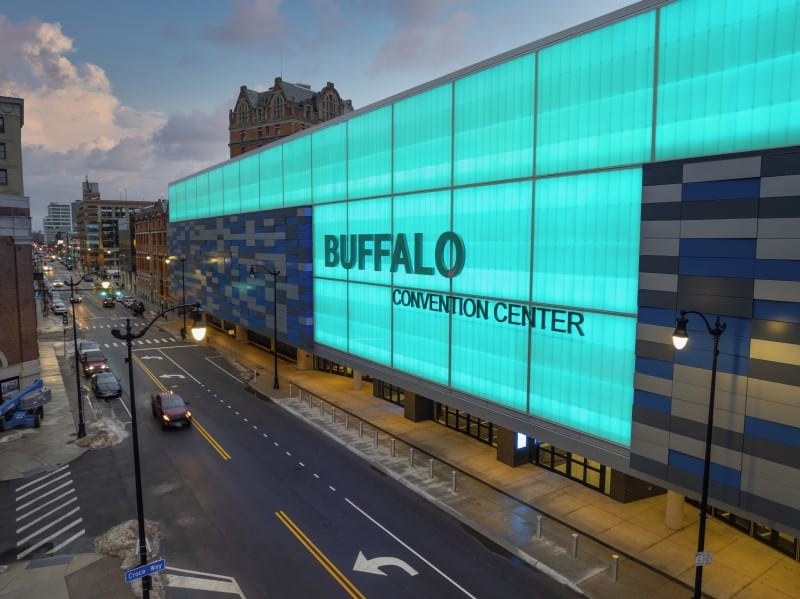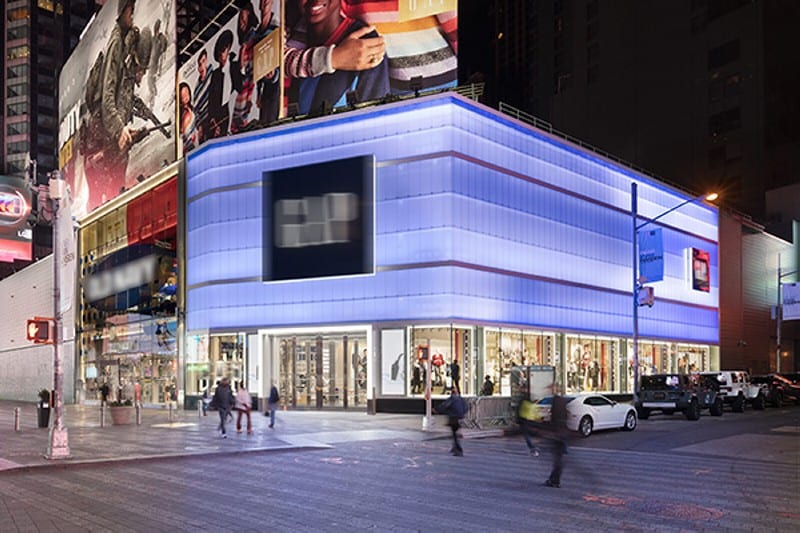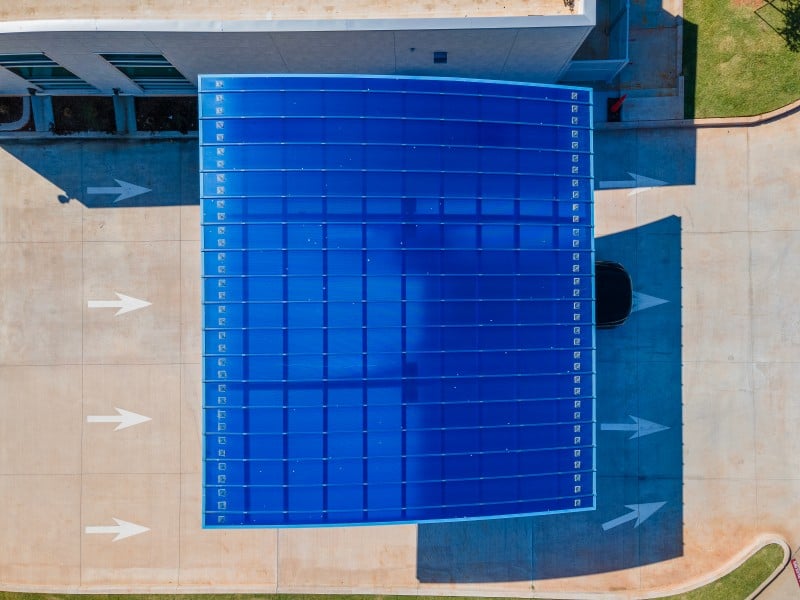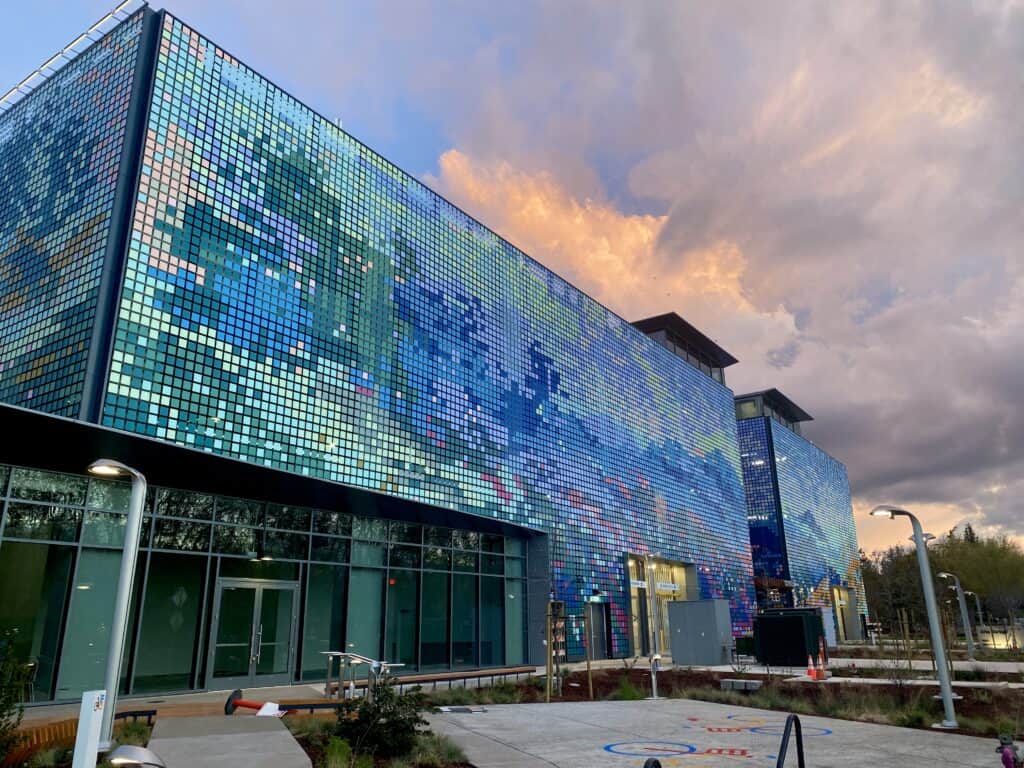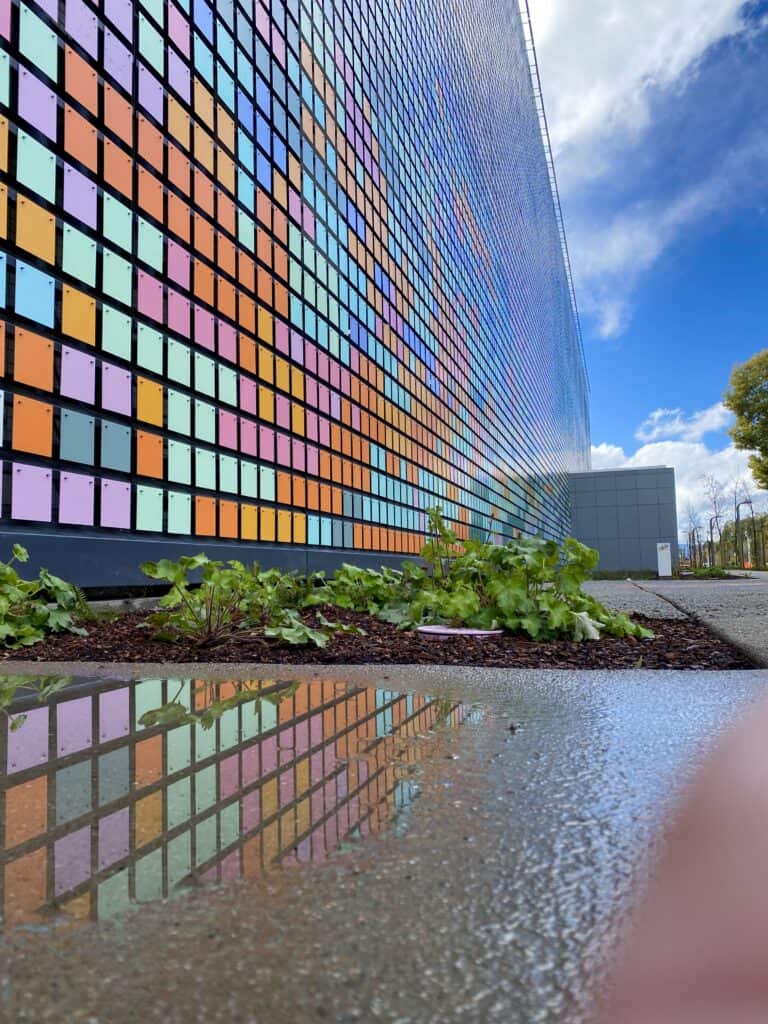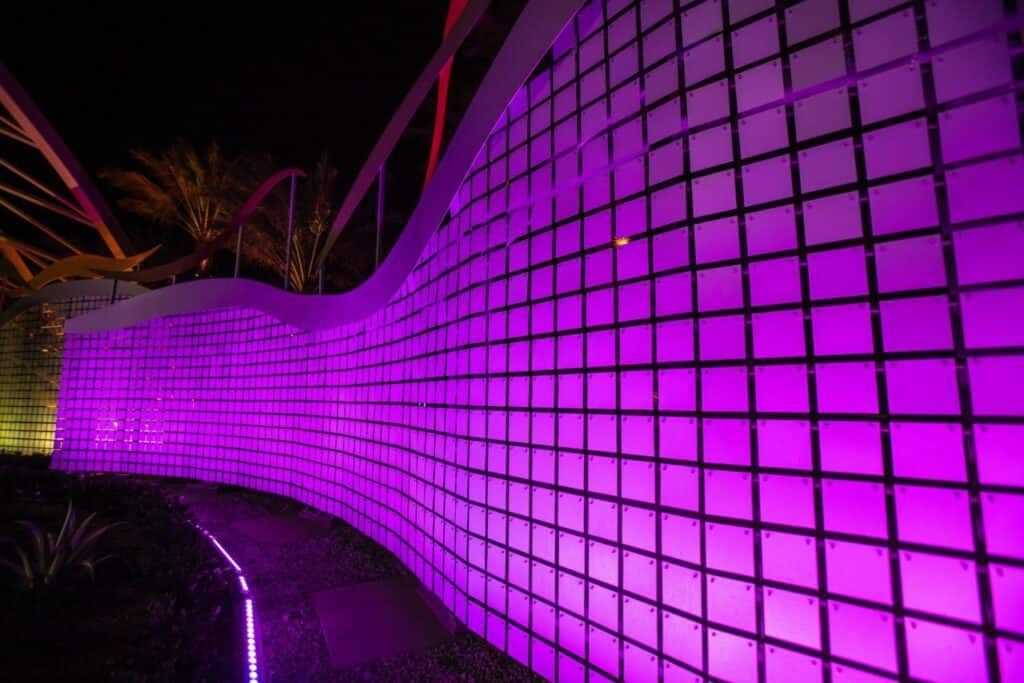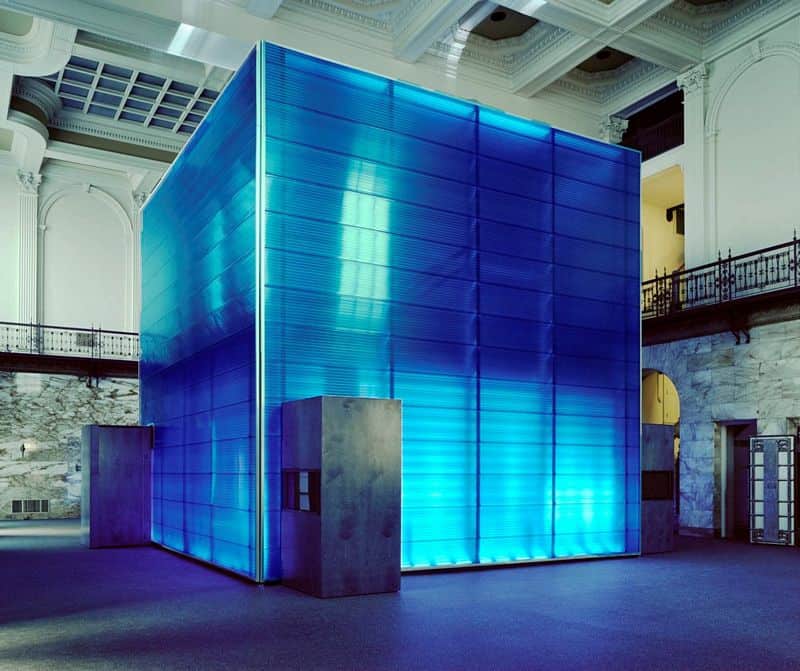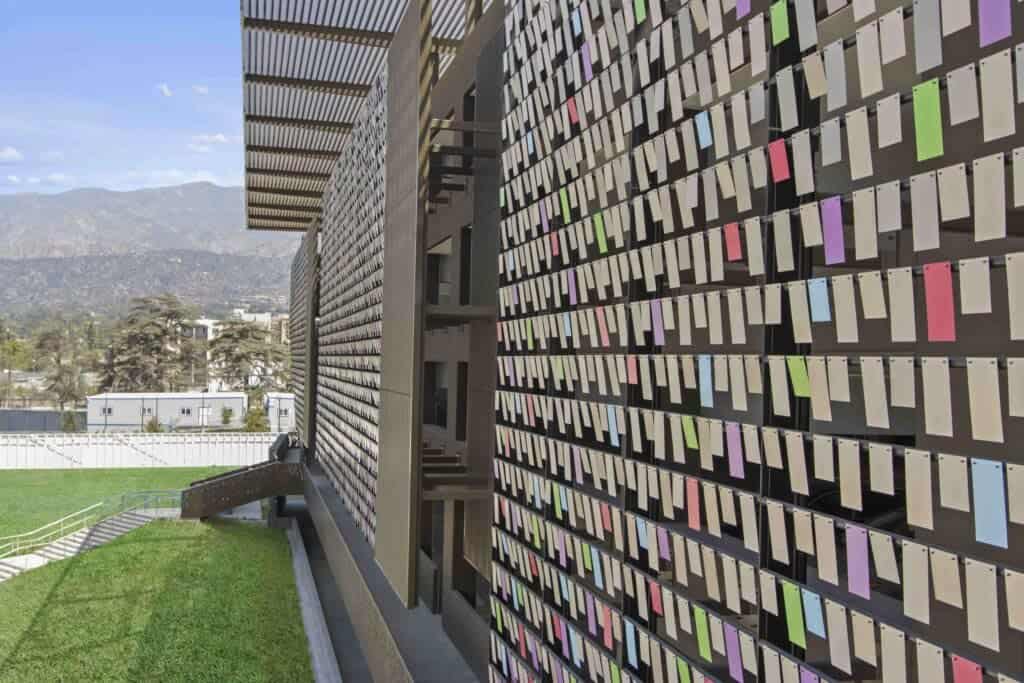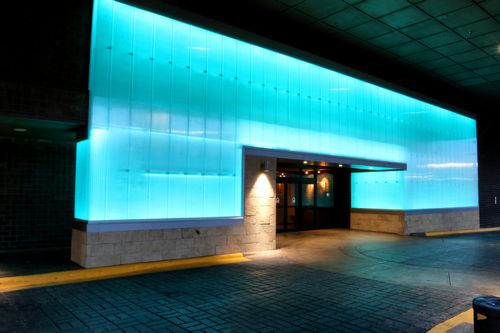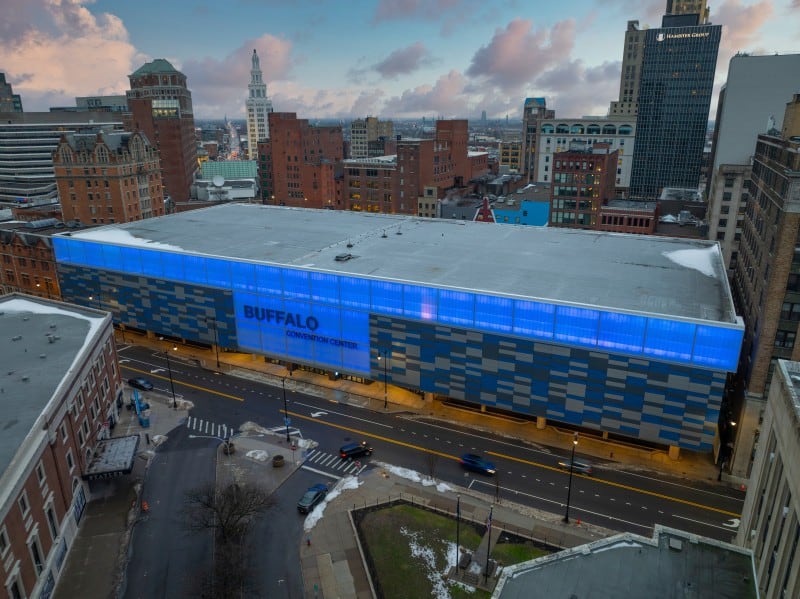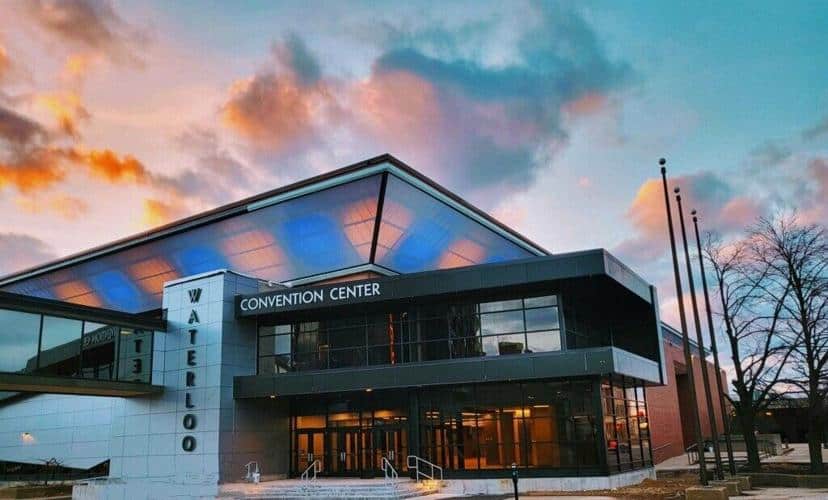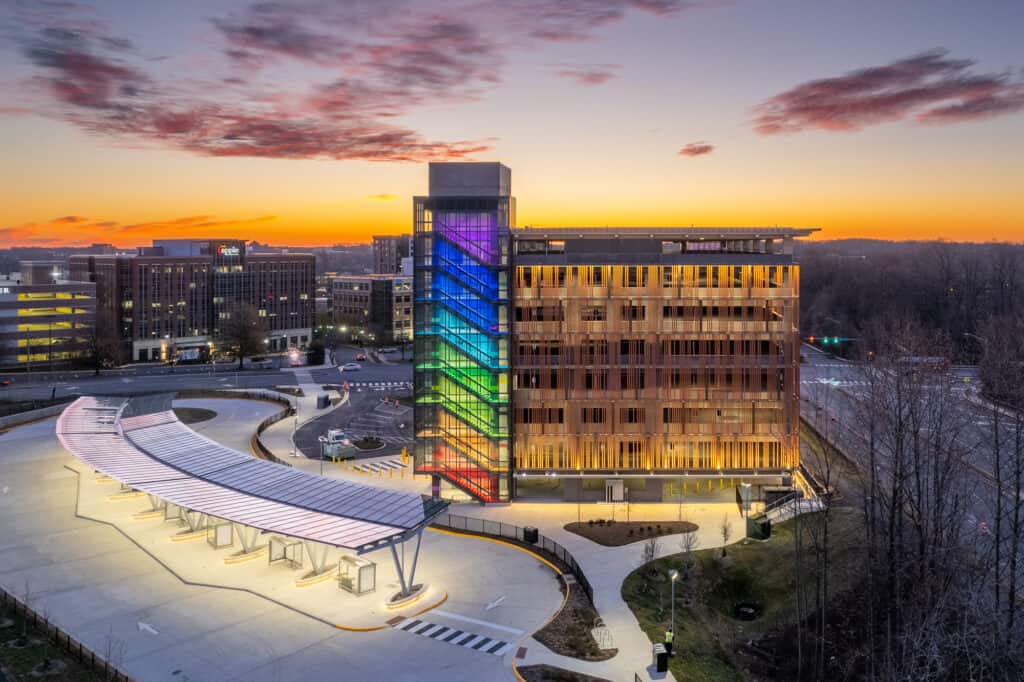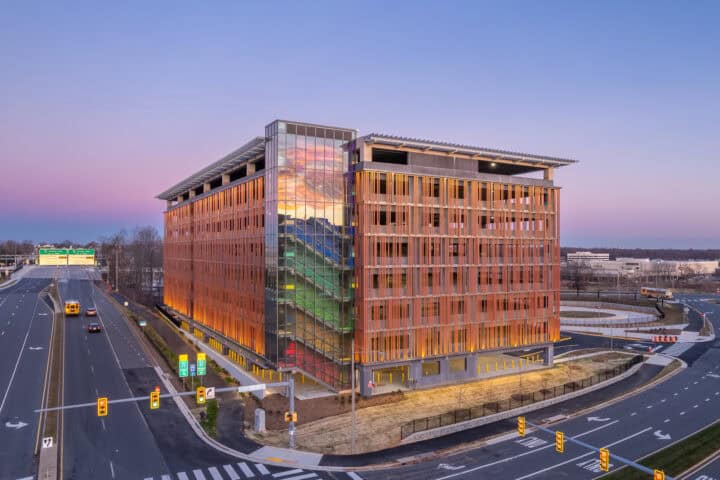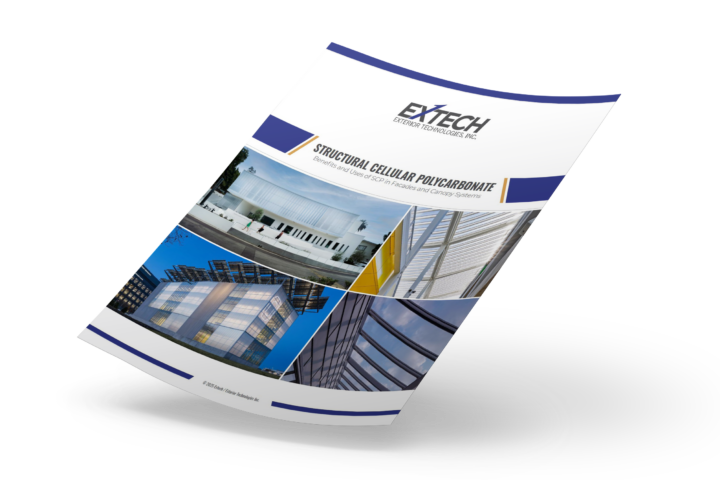Functionality, sustainability, and aesthetic appeal are all equal considerations when designing a building façade. Designing exteriors that meet these needs can be done by adding color, exploring different façade options, and by daring to explore new concepts that can redefine a space.
Adding color to architectural facades can dramatically enhance the visual appeal of a building and contribute to its character and identity.
Purpose and Context
Determining why you want to add color is a great first step for designing a façade. Are you aiming to create a focal point, blend with surroundings, or make a bold statement? Is the color to showcase a brand identity, emulate a phenomenon in nature, or to work harmoniously within the environment?
Consider the building’s location and surrounding environment. In historic areas, there might be restrictions or a need to coexist with existing colors.
Building Style
Consider the overall building style and how to compliment the design with color.
- Modern: Bold, contrasting colors can accentuate sleek, clean lines.
- Traditional: Subtle colors or classic palettes can complement traditional architectural styles.
- Eclectic: Combining multiple colors and textures can reflect a unique and creative design approach.
Techniques
- Adding Colorful Finishes: Adding colorful finishes to metal panels is a simple way to achieve a colorful façade. Exterior finishes offer a variety of creative solutions, from textured paints, reflective paints, and eco-friendly options. Remember to choose high-quality, weather-resistant exterior paints.
- Creative Lighting: A simple, yet effective way to add a wash of color to an exterior is by creative up lighting or backlighting. Materials like polycarbonate and glass blocks can be effective canvases for backlighting. Be sure to consult with a lighting expert for optimal light quality.
- Dynamic Facades: Modern techniques include color-changing materials, light-responsive coatings that adjust based on the time of day or environmental conditions, and kinetic facades.
Material Selection
- Tiles and Cladding: Ceramic tiles, metal panels, or other cladding materials can provide texture and color variations.
- Glass and Polycarbonate: Colored glass, glass tiles, or polycarbonate can create interesting reflections and light effects.
- Masonry and stone: Colored mortars or stones can add a unique touch.
Maintenance
When choosing a material for a façade, consider how well the color will hold up to weathering and wear. Lighter colors might show dirt more easily, while darker colors can fade over time. Look into eco-friendly and energy-efficient finishes that reflect sunlight and reduce heat absorption.
Some materials require more maintenance and cleaning than others to keep their appearance. For example, stone and glass may require regular cleanings while materials like polycarbonate do not require as frequent maintenance.
Samples
Always test material samples and paint samples on-site to see how they look in different lighting conditions and how they interact with other materials.

